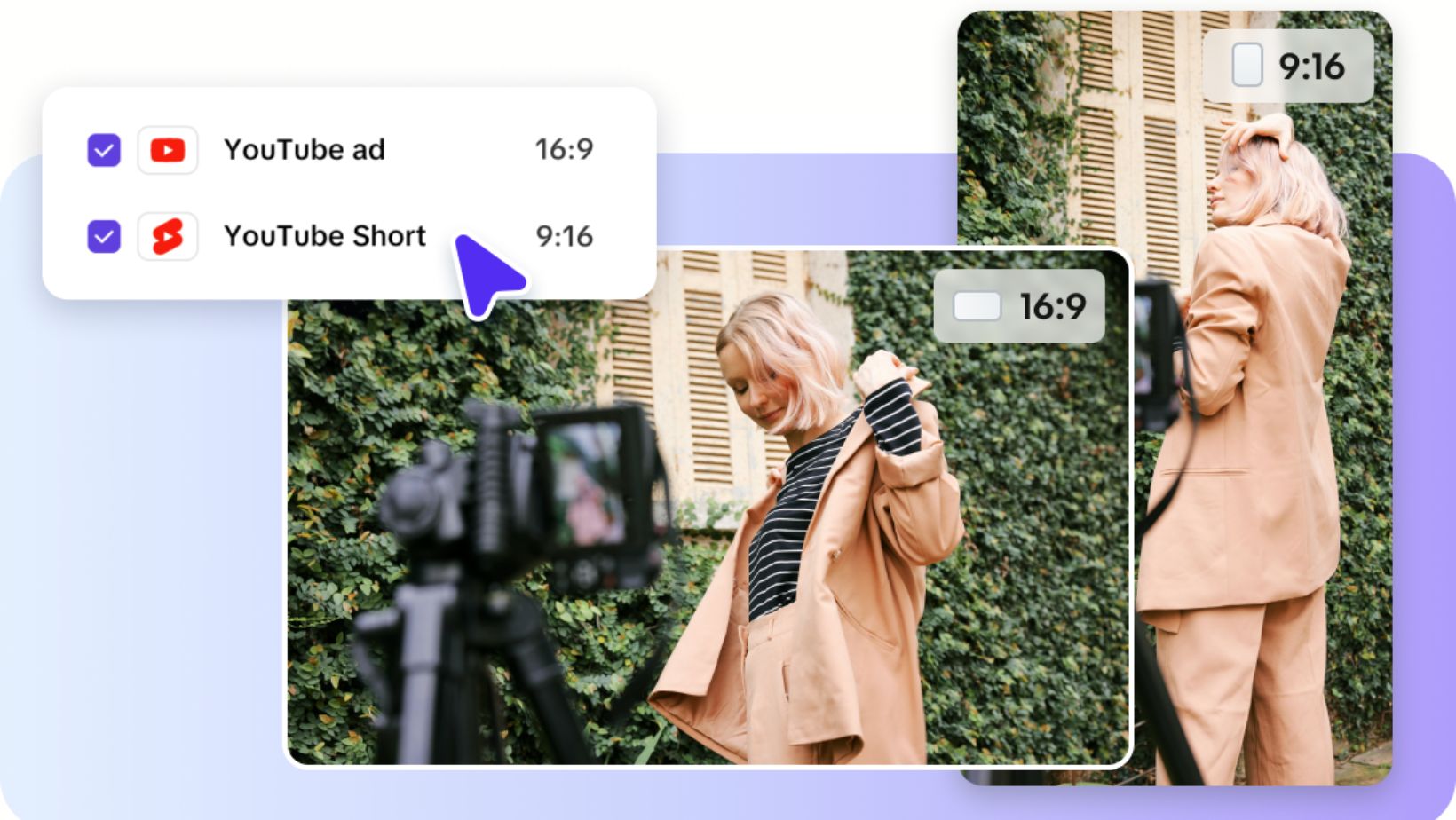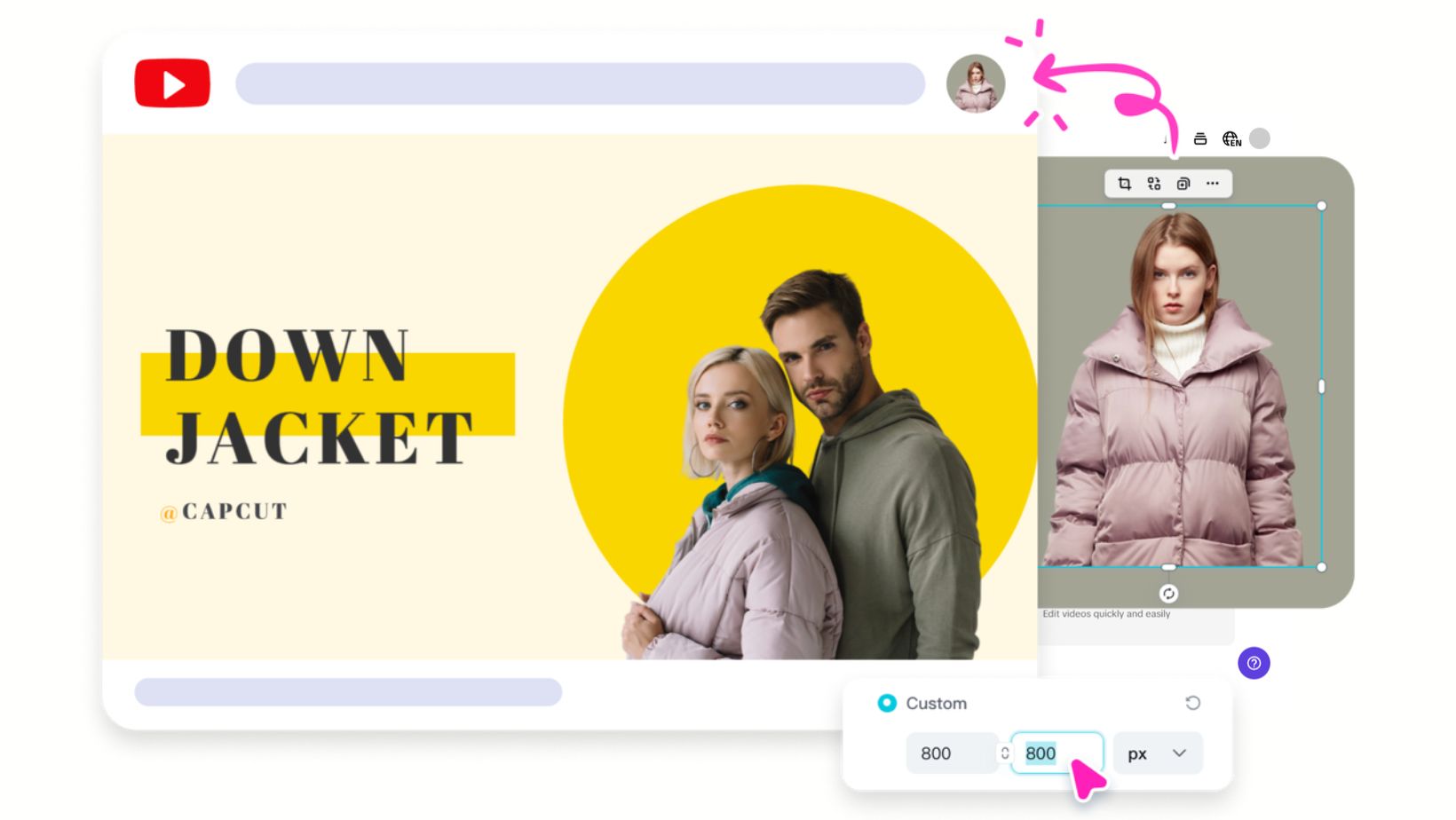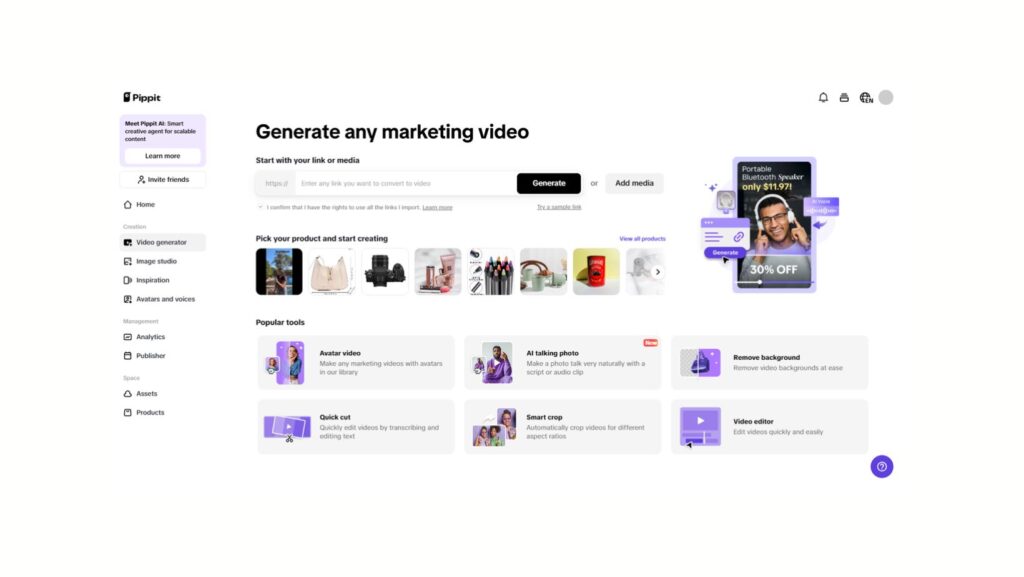YouTube isn’t just a video-sharing platform—it’s the world’s second-largest search engine. Whether you’re a content creator, marketer, or business owner, ranking higher in search results can significantly boost your visibility and engagement. But with millions of videos uploaded daily, how do you ensure yours stands out?
That’s where SEO (Search Engine Optimization) comes into play. Just like Google, YouTube ranks content based on various factors, including watch time, engagement, and relevance. The better your video is optimized, the more likely it is to appear in searches, suggested videos, and recommended feeds.
Of course, optimizing videos manually takes time and effort. But with AI-powered tools like a free AI video generator, you can simplify the process and create SEO-friendly content effortlessly.
Let’s dive into how YouTube ranks videos and how you can optimize your content for better discoverability.
Understanding YouTube’s Search Algorithm
YouTube’s search algorithm is designed to connect viewers with the most relevant content. Unlike Google, which relies heavily on backlinks and website authority, YouTube prioritizes user engagement and video performance.
Here are some key factors that determine how your videos rank:
Watch Time & Audience Retention
YouTube favors videos that keep viewers watching for longer. If people drop off after a few seconds, your video is less likely to rank high. High-watch time signals to YouTube that your content is valuable.
Engagement Metrics
Likes, comments, shares, and subscriptions all play a role in SEO. The more engagement your video gets, the higher it ranks. Encouraging viewers to comment and interact can boost your visibility.
Metadata Optimization
Your title, description, and tags tell YouTube what your video is about. Using relevant keywords helps YouTube categorize your content and show it to the right audience.
Click-Through Rate (CTR)
Your thumbnail and title impact how many people click on your video. A higher CTR means more views, which leads to better rankings.
Relevance & Search Intent
YouTube prioritizes videos that match user search queries. If your content aligns with trending topics and commonly searched keywords, it’s more likely to appear in search results.
From keyword-rich titles to engaging descriptions, every detail matters when it comes to YouTube SEO. And if you’re looking for a seamless way to enhance your content, a YouTube video maker can help you implement smart SEO strategies with minimal effort. Now that we understand how YouTube ranks content let’s look at practical SEO strategies to help your videos gain traction.

Essential SEO Strategies for YouTube Videos
To increase your video’s visibility, you need to optimize multiple elements. Here’s how you can boost your rankings with smart SEO tactics:
Optimize Titles with High-Ranking Keywords
A strong title can make all the difference in YouTube search rankings. It should include a primary keyword that people are actively searching for while remaining engaging. Instead of using vague titles, focus on specific phrases that match user intent. For example, instead of “Travel Vlog,” a more optimized title would be “Best Travel Destinations for Budget Travelers.”
AI-powered tools can suggest high-performing keywords, ensuring your title aligns with popular searches. The key is to strike a balance between creativity and searchability.
Write Compelling Descriptions
YouTube’s search algorithm scans video descriptions for relevant keywords, so writing a well-structured description helps improve rankings. The first two lines should include the primary keyword naturally while providing a clear summary of the video.
Adding timestamps helps enhance user experience and improves engagement. Descriptions should also include relevant links, a call to action, and secondary keywords. Instead of stuffing keywords unnaturally, they should be integrated smoothly to maintain readability.
Use Accurate Tags & Categories
Tags and categories help YouTube understand the context of a video. While they do not carry as much weight as titles and descriptions, they still contribute to discoverability. Tags should include variations of the primary keyword and related search terms. For example, if the video is about digital marketing, tags could include “social media marketing,” “content strategy,” and “SEO for beginners.”
Choosing the right category is another important step. Categories help YouTube place videos in the right sections, increasing their chances of being recommended to relevant audiences.
How AI Video Makers Help with SEO Optimization
Manually optimizing every video can be time-consuming, but AI-powered video makers streamline the process.
Here’s how they help:

Auto-Generated SEO-Friendly Descriptions
AI tools analyze your video content and generate keyword-rich descriptions automatically. This saves time while ensuring SEO optimization.
AI-Powered Keyword Suggestions
Finding the right keywords is crucial, and AI tools suggest high-ranking keywords based on trending search terms. This ensures better visibility in search results.
Smart Video Structuring for Engagement
AI tools enhance video pacing, cut out unnecessary pauses, and create a flow that keeps viewers engaged. Higher retention leads to better rankings.
Auto-Captions & Translations
AI generates accurate captions, making your video more accessible to international audiences and improving SEO.
Thumbnail & Title Optimization
Some AI tools even suggest engaging titles and thumbnail designs based on trending content, helping you maximize click-through rates, especially with the thumbnail maker feature from InVideo AI.
By leveraging AI-powered video editing and SEO tools, you can focus more on content creation while automating tedious optimization tasks.

Conclusion
Ranking higher on YouTube requires more than just uploading great content. Strategic SEO optimization helps videos gain visibility, attract views, and increase engagement. Titles, descriptions, and metadata must align with search trends, while captions and structured content enhance watch time. AI-powered video makers simplify this process by providing keyword suggestions, auto-generating descriptions, and improving video structuring. By leveraging AI tools, creators can optimize their content efficiently, ensuring that their videos reach the right audience.

